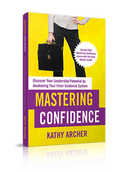Nonprofit Leaders Can Make Time for Personal & Professional DevelopmentEffective leaders need and want to grow themselves
As a woman leading in a non profit, I know you want to learn. You want to grow and develop yourself.
Leadership is synonymous with personal development
The best leaders know that they must grow, develop, change and adapt to what is going on. Strong leaders work to become their best selves, cultivate strong character and continue that always. To do that, you need time to work on yourself.
But we all know you're going from meeting to meeting to meeting. Between those meetings, you respond to texts and emails while you put out fires, deal with crises or tick off the boxes of things that absolutely need to be done. And that doesn't cover what happens when you get home! The most effective leaders create time for weekly personal and professional development
When would you find time to do this? How on Earth would you fit it into your busy day, either at work or at home?
It's true. To be your best self, you need to spend time learning, growing and developing. You need to discover new skills, learn new information and do the inner work to figure out how to assimilate that into your leadership and life. So, how do you find time to work on yourself? Below are three things you need to consider to help you shift your mindset and your time, so you can make time to grow yourself as a nonprofit leader. 3 Shifts to Help Nonprofit Leaders Make Time for Personal and Professional Development TrainingShift # 1 - Mindset Matters
Your mindset matters a lot! You need to think, believe, have an expectation, and understand that growth and development are not nice to haves but must-haves. You must also believe that you can grow.
Shift # 2 - Connect Your Learning to a Goal
Adopting a mindset that personal growth and development are part of leadership and creating the space to do that work is most effective when connected to your goals. As a leader, you need more than goals that your organization may or may not have set for you. You need your own goals that you have crafted to help you be your best self. The best leaders create the impact you desire at work and in your life.
In The Training Library, I encourage you toreview where you're at annually. From there, you create goals that you want to work on and draft a personalized learning curriculum. This learning curriculum will identify how and from what sources you will learn those things you need to learn or work on. From there, my students in The Training Library schedule time each quarter to see how they do on those goals. Then, monthly, weekly and daily, I encourage them to connect those goals to their daily activities. Creating this strategy and curriculum to work on yourself encourages you to create time to do it. It's not something random; it's a plan you are working on, and you can see the steps and feel the outcome. You need to create goals and a learning curriculum Shift # 3 - You can't find time, you must create time
You will never FIND time. You need to CREATE time. We spend most of our leadership and life reacting to things, and instead of reacting, we need to create our own experience of leadership. Part of this experience of leadership that you desire, if you've read this far, is the desire to grow and develop yourself. To do that, you need to create the time and space to grow and develop yourself.
We all have the same 24 hours in a day. What we choose to do with those 24 hours makes the difference for each of us. You have to prioritize in some tiny way growth and development. The time doesn't have to be perfect
We often think it has to be the perfect time with the right pretty journal and candle lit beside us. Nope.
It doesn't have to be a big chunk of time
You don't need a full hour to do personal development work. A few minutes here or there will keep you moving forward. Certainly, you'll want more substantial chunks of time to do some of the work. But you can also do parts of it in smaller segments.
You may need to be creative
This goes back to the perfect time idea. We often have a vision of what reading or journaling looks like. Don't think it has to be that way.
3 places to create time to do the inner work of leadership1) Make use of existing downtime
The best example is all of the times in your life when you are waiting! For example:
2) Look at current time wasters/time fillers
Consider changing what you do during some of these times:
3) Carve out time
Make time for 15 minutes of learning 4 times a week in these spots (That's a whole hour eacweek!!)
Tada....YOU just CREATED a whole hour each week to work on developing yourself! WHOOOOO HOOOOO!!!! Remember, personal and professional development is your path to success in leadership and life! Do this right now to make time to grow yourself as a nonprofit leader
If you've been meaning to
NOW is the time to plan HOW you will do that growth. If you need a place to start,The Training Library may be a good resource for you.
0 Comments
Do you often wonder what you must DO to be a better leader?
While those are important components of leadership, the critical question is deeper than that. It's not what you have to DO to be a good leader; the question is: Who do you need to BE to be a good leader? Be? Yes, BE! Who do you need to BE to be a good leader? Consider the HOW of what you DO Take a moment to consider who are you BEING when you do your job?
Have you ever considered your character? Who you are BEING when you do your job is a description of your character. It's the essence of who you are. But we don't talk about it. 🤔 When did your manager last talk with you about developing your character? 🤷🏼♀️ When did you last consider why it might be important to develop your character? 🤨 Have you ever wondered how to build your character? For most of us, the answer is never! It may be time to consider it. How you are BEING is a description of your character Your character is your unique combination of who you are:
Feeling like the imposter? When we don't feel like ourselves while leading, we assume that's how it should be or that perhaps we aren't leading correctly. But when we are out of touch with our true selves, we feel awkward, fake, or like we are messing up. There is this enormous gap between who we believe we should be and who we actually are. That leaves us unsure of where to turn and not really satisfied. When you develop your character, you'll be happier! You will feel better, more fulfilled, and positively influence those around you if you take the time to cultivate your character. Instead of stepping into the role and trying to lead how you should lead when you develop your character, you will learn to lead from your character strengths. 🎭 Rather than feeling like you're putting on a persona or mask for each encounter and interaction, you will feel more authentic and more productive and impactful. Why don't we lead with our character strengths? Most of us are genuinely unaware of our true selves. We've lost sight of our true selves as we transitioned through our teen years, started families, and advanced in our careers. Many of us don't know what makes us tick because, quite frankly, we don't know what our best gifts and talents are. And we have no idea how to use them to lead. We've never tried to find, unearth, or awaken them. 🤨 Who are you? Back to describing character Once again, consider how we describe other people and how others might describe you. Pay attention to the word character in each of these sentences👇🏻 🟪 Often, we talk about someone's character in GENERAL statements such as,
🟪 Now, think about SPECIFIC POSITIVE descriptions of other people's character traits. Consider again how people might describe your traits. These are some ways we speak in awe of certain women's characteristics:
🟪 Don't forget that not all character traits are good. Here are some SPECIFIC NEGATIVE traits Reflect on this list below. These are times we cringe at character traits that some women exude:
I hope you are now seeing how important it is to cultivate and develop your character. How your character is defined: A little overview: Your character is your unique combination of traits distinguishing you from others. It is how others perceive you, not how you describe yourself. Let me say that again. Your character is someone else's perspective of you. It's not how you see yourself and wish others would see you. You certainly can impact or influence what others think about you, and you should. Ultimately, how people describe your character is their perception, which makes character development tricky. Perhaps you wonder if character development is about getting people to like you. 🙅🏼♀️ No, that's not quite it. Your job as a leader is to guide people to a vision 👀 by inspiring them to grow 🌱 and helping them develop 🧩 so that together, you can reach your shared vision 🙌🏻 Your influence and impact on people can motivate them to be their best selves, which is incredibly helpful to reach team and organizational goals and serve clients. Achieving that level of impact on others may be easier if they like you. But still, it's less about people liking you and more about them respecting you. Why you should care about how people define your character ⭐️Your character is so important because it influences what people think about you and, therefore, its impact on them. When your character is strong, you have a good reputation. It's that reputation that garners others' respect. Someone doesn't have to like you to respect you. The two do not always go hand in hand. However, when people on your team respect you, it allows them to be patient with you, persist for you, and push themselves. They'll often respect you because they believe in you, your message, and how you live that purpose, which is inextricably linked with your character. As such, they will conduct themselves in a certain way because you've inspired them, and they are motivated by your actions, your conduct and the type of person you are. 💡 How to lead with strong character 1️⃣ The first step Start by noticing character, yours and others. Keep a log, note on your phone or journal entry about character words you'd use to describe your or another's character. 2️⃣ The next step Then, choose your character traits. Pick words that you'd like others to use to describe you. What is the type of leader you want to BE? 3️⃣ Finally Finally, cultivate your character Do the work to grow and develop those character traits in yourself. Next week, I'll introduce you to the strategies for developing your desired character traits and how to become the leader you want to be, having the impact you desire to have. Learn to Develop Your Character If you want to learn more about developing your character and you are a member of The Training Library, check out the WEBINAR: Develop Your Strength of Character.
If you are like most leaders, you've been here: You have a precious break in the day, so you look at your endless to-do list. All tasks seem important, but you scan the list, looking for the priority items you can knock off in a few minutes. As you glance at each item, you make a mental note:
Your to-do list is like an emotional roller coaster In the time it takes to scan down the list, your emotions move from overwhelmed to anxious, then annoyed and doubtful, ending with discouraged. Pushing the to-do list aside, you begin scrolling through your inbox without realizing you've avoided doing anything on the list and, as a result, get further behind and more disheartened 😩 I get it. I've been there many, many times too! In fact, if you are like most leaders, you have a lengthy to-do list that haunts you into the wee hours of the morning and, honestly, will never get done. But why is it that we will never get through our to-do list? 💥The reason your to-do list will never get done is twofold REASON # 1 First, it's a disorganized list that is more of a holding place than a completion place.
REASON # 2 Second, we look at the list as items that need time to be completed, and we blame lack of time as the enemy 😡 ⏰ It's way more complicated than just not enough time. For example, look at your to-do list and consider:
Without taking all of that into consideration, our to-do list becomes an impossible challenge, and time becomes the enemy. But time is getting a bad rap. ❌ It's not ⏳ time's fault. The time available to complete tasks is only one small factor in managing our to-do list. There are other things to consider. Below are three steps to help you manage your to-do list with much greater success👇🏻 QUESTION: How do I get done, what matters on my to-do list? ANSWER: You create order and awareness. 1) First, start by prioritizing your to-do list into some semblance of order That way, your to-do list can become a tool working for you instead of a threat against you. 2) Next, let go of inappropriate expectations of your to-do list You change expectations of your to-do list by shifting your mindset from believing your to-do list is a list of things that need doing to a holding place for projects and tasks.
3) Finally, move a few key items to each day's agenda, plan or priorities When you only have three things to get done each day, you will check them off with greater speed and satisfaction.
But we are still overlooking something That covers the tactical side of getting through your to-do list. But there is something bigger that needs addressing. 🐘 The elephant in the room is the emotions you felt when you scanned the list.
Your emotions play a big role in productivity Many of us are unaware of our feelings, let alone how our emotions affect our productivity. We can choose our responses better by slowing down and getting a better awareness of what we are experiencing and how our emotions distract us from getting done what matters most. If you want more help with this, read this next: Why Your Emotions Are Sabotaging Your Productivity If you've been meaning to
NOW is the time to plan HOW you will do that 👆🏻 growth.
As a woman leading in the nonprofit sector, I know your days are filled with endless meetings, tight deadlines, and a never-ending to-do list. I've been there, and I know it's not always easy to stay motivated and positive when facing these challenges. When I get behind, I get irritable 😤 Any interruptions will annoy the crap out of me. The thing is, not only do I get short with others, but I also beat myself up.
The impact of less-than-productive days You, too, likely feel irritated on less-than-productive days. You also know the consequences of how an unproductive day can spill into your evening. Being short with your staff is certainly not optimal, but a cutting remark with your child can leave you feeling inept in the parenting department. I'd had enough of it! This all-too-familiar cycle was the norm for me for years. The more determined I got in the last few years to do meaningful work, the more necessary it became to be productive. Changing a few things has made an incredible difference for me. I still have less productive times, but they are fewer and farther between. I end most weeks ticking everything off of my weekly list. When you decide it's time to be more productive...this ↓ ✅ Being more productive will help you take that weekly and daily to-do list and get them done. That way, you can shut off at the end of the day, knowing you completed what was needed. ✅ Being productive at work frees up your mind and energy to shift into the rest of your life. Feeling upbeat when you come home at the end of your workday results in a much more enjoyable evening with your loved ones! Let's dive into the three powerful productivity hacks that enhance efficiency and boost mood👇🏻 3 Productivity Hacks for Leaders that are Guaranteed to Boost Your Mood 1 - Prioritize Self-Care As a dedicated nonprofit leader, it's natural to put others before yourself. However, taking care of your well-being is essential for maintaining a positive mindset and achieving productivity because: 👉🏻 It's hard to focus when you are hangry. 👉🏻 It will take you way longer to create the document when you haven't left your desk for 3 hours straight. 👉🏻 You'll find burnout knocking at your door if you don't take proper care of yourself. If you neglect self-care, you're more likely to be unproductive, experience heightened stress levels, and eventually face burnout, just like my client Nancy. NANCY'S STORY 🙋🏻♀️ Nancy was neglecting her physical and mental well-being, feeling exhausted, and struggling to be productive.
Nancy started with wanting to carve out time each day for self-care activities that rejuvenate her, like a morning meditation or an evening walk with the dogs, but she didn't always have the motivation to do that. Many of my clients have high aspirations like this but struggle to get there. To get moving in the right direction, I encourage them, like I encouraged Nancy, to start small and work to add micro-moments of wellness throughout her day. WHAT WORKED FOR NANCY Nancy began working through the course Wellness AT Work and learned how to add micro-moments of wellness into her work day. She immediately found she was feeling healthier and more productive! 👉🏻 DO THIS: Add micro-moments of wellness into your day Think about what you can do in one minute or less:
Learn more about the Wellness AT Work COURSE 2 - Master Time Management As a nonprofit leader, learning effective time management is a game-changer. Learning to manage your energy and priorities helps you have increased productivity and allows you to maintain a positive outlook. Here are the basics: ✔️ Take time to plan your week, determining the top projects and tasks needing to be done. ✔️ Break your projects into tasks which makes them more manageable. ✔️ Each day, identify your top priorities for the day ✔️ Create time blocks in your calendar to work on allocating tasks ✔️ Embrace technology tools such as task management apps, calendars, and reminders to stay organized and on track. By maximizing your time and staying focused, you'll accomplish more while reducing stress, undoubtedly boosting your mood. However, time management strategies alone won't be the simple answer. 🤔 You'll also need to manage what's happening in your head when you think about those tasks. ❗️ Just because you put "performance review" on your agenda doesn't mean you'll eagerly jump into it at the allotted time. If you are uncomfortable with conflict and know this review will be challenging, you may put it off unconsciously. Seeing it pop up on your list week after week requires you to start looking at the unconscious thoughts getting in the way. 🙋🏼♀️ SASHA'S STORY Sasha knew that she was struggling with more than time management.
WHAT WORKED FOR SASHA For example, Sasha kept putting off the annual report. It had been on her list for a month, and now the pressure was on to finish it. As she worked through the exercises...
💡 These two insights helped Sasha add some client stories to the report and ask for help with the software. She then reengaged in the task and completed it on time with a sense of pride rather than frustration. 👉🏻 DO THIS: Master your inner critic Work through The Emotions of Time Management to help you apply the time management strategies despite your sabotaging thoughts. Learn more about The Emotions of Time Management COURSE 3 - Make the best use of your productive times 🙋🏼♀️ MY STORY A few years ago, I took a deep dive into productivity. As an overachiever with high expectations of myself,
🟦 Identify your most productive times
🟦 During peak times, do the projects needing intense focus What are the things that require a level of diligence and focus? reading over and digesting a report
WHAT WORKED FOR ME 🟦 Use your willpower wisely Willpower is the age-old skill of self-control, restraint, strength, and determination. Willpower happens in your head. 🗣️ Our mind chatter tries to get us to avoid pain. 🗣️ That inner dialogue suggests to us, subconsciously, that doing a particular project on our to-do list hurts. 🗣️ Our inner voice says that if we do the task in front of us, it will be painful, hard or troublesome. So instead, that little gremlin 🗣️ inside suggests we check email again, move to a different project or head to Tik Tok, LinkedIn, or your favourite social media newsfeed. 👉🏻 DO THIS: Learn to manage your willpower Honestly, learning about willpower helped me the most with productivity. It takes resolve to push past that and get to work, especially agonizing jobs. To stay on task, get done the important work and leave feeling productive at the end of your day, you must activate your willpower. Start by: ✅ Understanding what willpower is and what it isn't ✅ Learning how to stop depleting your willpower unnecessarily. ✅ Learning how to get more willpower quickly when you need it most. I took what I learned and put it into the course Willpower Essentials: Getting Done What Matters Most Learn more about the Willpower Essentials COURSE Remember, boosting your mood and enhancing your efficiency go hand in hand. Prioritize self-care, master time management, and learn to manage your willpower, and you'll find yourself accomplishing more while enjoying the journey. Here is the thing, as a leader, you can inspire other women leaders in the nonprofit sector with your positive energy that will undoubtedly create a ripple effect within your organization and community. The choice is yours! You may have noticed that I linked three different courses above. All of them are instantly accessible to you, plus many, many more, when you join The Training Library for $19.97/month. 🤔 How much do you pay for your Prime, Netflix, Google or Apple membership? Is your growth and development (also your sanity) not worth that much too? Joining The Training Library gives you the tools to lead and live your best. I hope I'll see you in there soon! Are you a nonprofit leader who finds you intend to get a lot done each week but mournfully realize that when Friday hits, you've barely touched your to-do list? 😒 Instead, you accomplished a lot of things that other people added to your to-do list. While reacting to everyone else's demands, you didn't complete the assignments you wanted to work on. Miserably, you note that some of the unfinished items on your list were crucial tasks to move important projects forward that were truly important to you and your team. Trust me. You are not the only one who feels like this at the end of your week. Too much REACTING rather than responding Leaders spend more time acting on requests from others than completing their own priority tasks. The urgency to solve everyone else's problems leaves a manager feeling like they spend their days chasing fires and never getting anywhere 😫 If you want to get off that hamster wheel and do more of your essential work, you must be more intentional about what you do with your time rather than reactionary. ⭐️ It is critical to begin with planning You must start each week by planning your week. Before you get caught up in chasing everybody else's plans and agenda for you, you must reorient yourself to what are priorities for you. By setting aside time each week to lay out what you want your week to look like, you will have better control over what happens 👏🏻 You must get perspective 👀 Weekly planning sessions allow you to pull your head out of the sand. While putting your head down and getting work done at times is crucial, a leader's critical function is to lift their head (and their organization's head) and get a bigger picture view repeatedly. Weekly planning time is this head-up, expansive view of the bigger picture. This time allows the leader to put things into perspective for them and their organization. You need to refocus your time and priorities Weekly planning allows you to get projects, plans, and tasks into focus again. From this outlook, you can choose how to respond to your week rather than frantically reacting to whatever shows up in your inbox, at your door or desk. Creating a habit of weekly planning puts you back in control and moving forward rather than running around and around 🙌🏻 3 Steps to Creating a Weekly Planning Habit 1️⃣ Schedule a weekly time slot into your agenda First, set aside time each week to do your planning. Schedule it into your agenda and stick to it. You will need 20 minutes to an hour, depending on your responsibility level and style. Find a time that works best for you.
Set clear boundaries
❌ Do NOT book anything else in that slot. 2️⃣ Develop a list of action items for the week A) Review annual goals
📝 Write those down as action items. For Example: Your company is looking at reducing short-term disability. Perhaps you need to schedule a meeting with the working group for the short-term disability strategy. B) Review quarterly projects Next, look at the quarterly projects you have on the go. Where are you at with each of those? What needs to be done to move the project forward? 📝 Write those down as action items. For Example: If you are planning your annual staff retreat, you might have to research venues. C) Review last week's meetings Look at the previous week's schedule and identify items needing carrying forward into this week. 📝 Write those down as action items. For Example: You may have met with someone and meant to connect them to another person. Note the need to send a connecting email to the two on your to-do list. D) Review your upcoming appointments Finally, look at the upcoming week. Review your meetings that are coming up and conversations that need to happen. Once again, continue adding to your to-do list. 📝 Write those down as action items. For Example: If you have a staff meeting on Thursday, you may need to compile the agenda to send out to the attendees. Dealing with the big list of items ✅ ✅ ✅ You should now have a list of things you want to tackle in the upcoming week. For some of you, this feels overwhelming. For others, it might be refreshing. One way to look at it is that you now have everything out of your brain and in one place. There will be less chance of forgetting or losing things in the shuffle. Dumping everything onto this list, from this big-picture perspective, is, in itself, helpful.
3️⃣ Creating your plan From this list of action items, create your plan for the week.
Make weekly planning your priority Setting aside time to plan your week puts you on track to having a more productive week. Choose when you want to do this, then schedule planning time weekly into your agenda. Review your annual goals, quarterly projects, the previous week's appointments, and the upcoming week's schedule during the identified time. ☑️ From this analysis, list tasks you want to accomplish. But it won't work 🤦🏼♀️ If you read this and thought, that's lovely, but it doesn't work that way in the real world, I'm with you 💯 Even with the best of intentions, things have a way of getting in the way 😕 But is it things...or yourself? In The Emotions of Time Management course, you'll learn why those strategies alone won't work for you. ✔️ We'll uncover the emotions that hold you back and help you make those strategies work for your unique situation. ✔️ You'll discover how to overcome hidden commitments that get in the way of getting done what matters most so that you can get done what matters most. Learn more about The Emotions of Time Management here. You can do this! 🙌🏻 You can get more organized, on top of things and get done what matters most. However, it will take a bit of intentional digging into what gets in your way, and that's often what's happening inside you. Thus, you must do the inner work! Start with the system, then notice what gets in the way of the system working. That's where The Emotions of Time Management come into play. It's the inner work you must do to be the best leader you can be! |

Available on Amazon
Archives
May 2024
|
|
Leadership TRAINING for Nonprofit Leaders
Become a confident and competent nonprofit Leader: Join The Training Library membership Executive and Leadership COACHING Leadership Coaching for Nonprofit Executives, Leaders and ManagerCoaching |
PODCAST for Nonprofit Leaders
The Surviving to Thriving podcast: Strategies, systems and support to lead your nonprofit with confidence FREE RESOURCES to Grow your Leadership Skills Free Leadership Training Resources, Worksheets and Templates |
Become a CONFIDENT LEADER
|

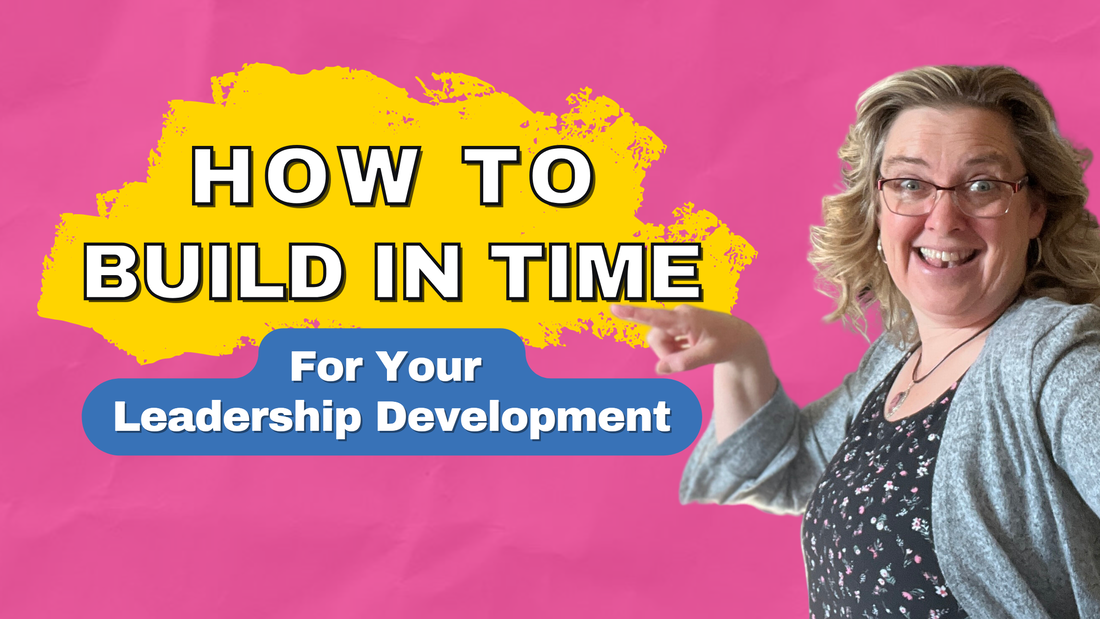

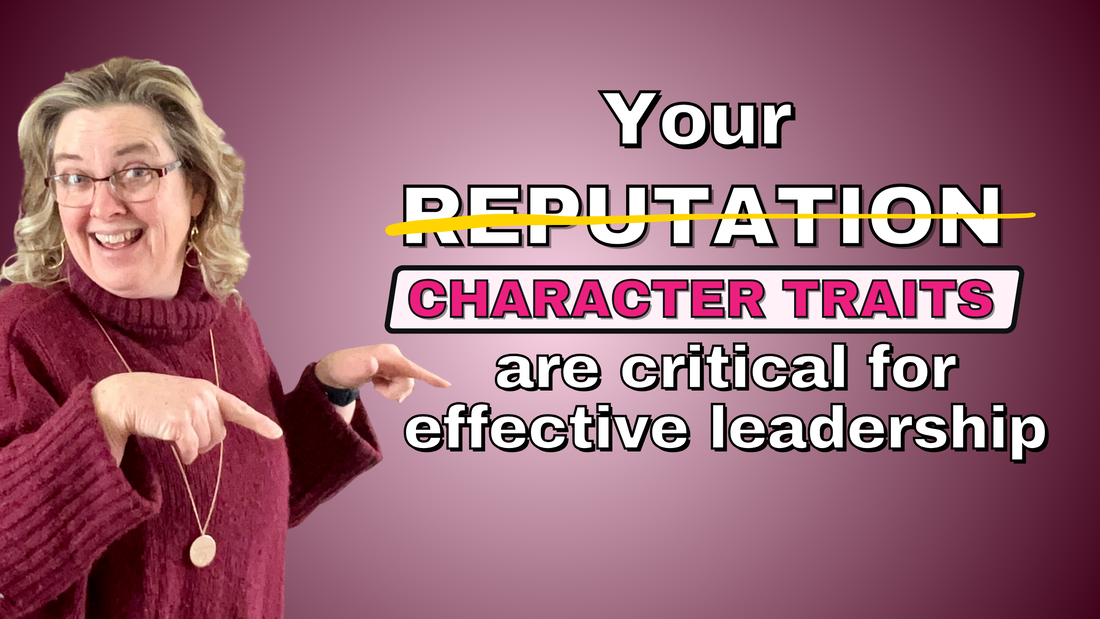

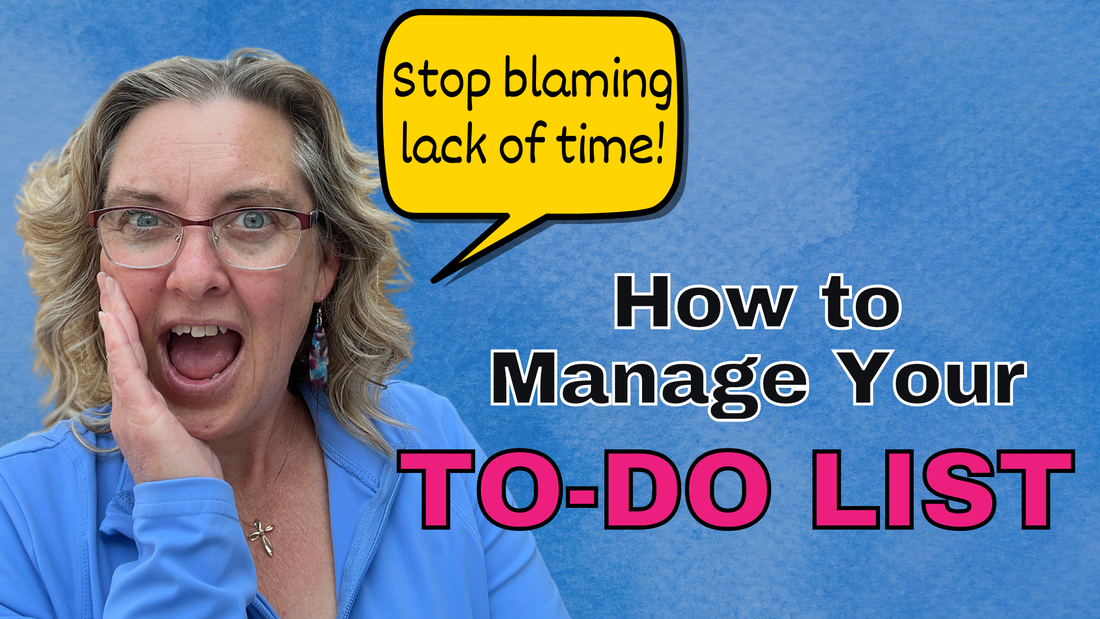
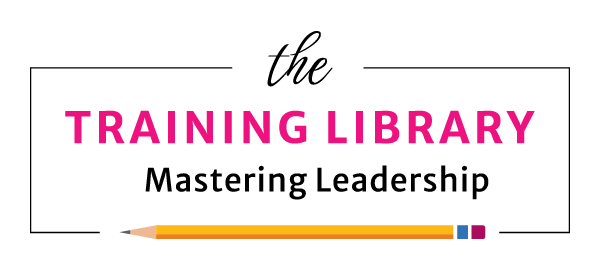
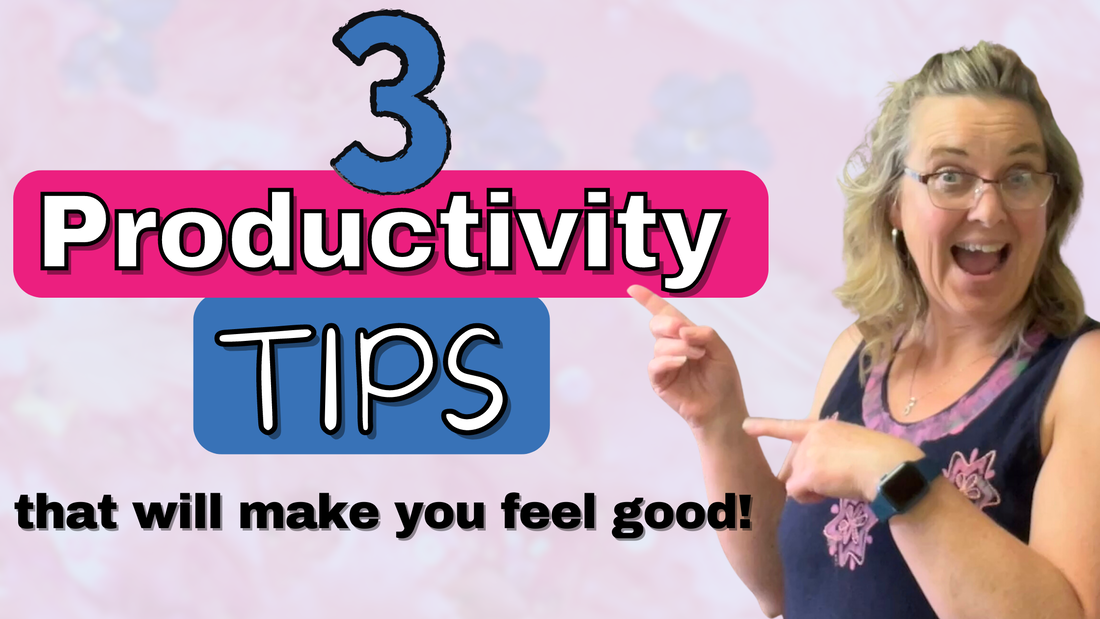
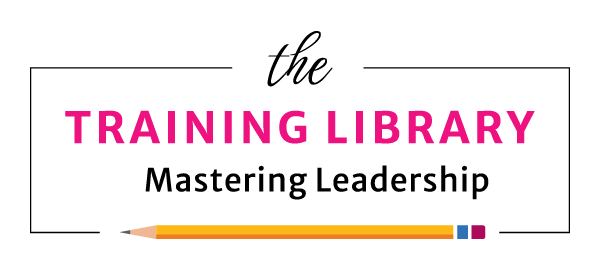

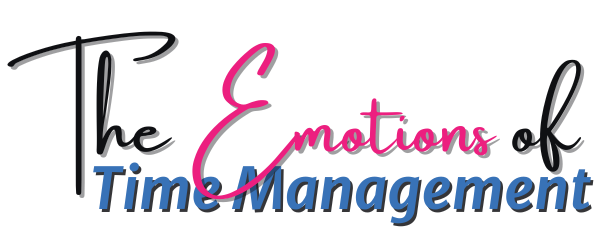

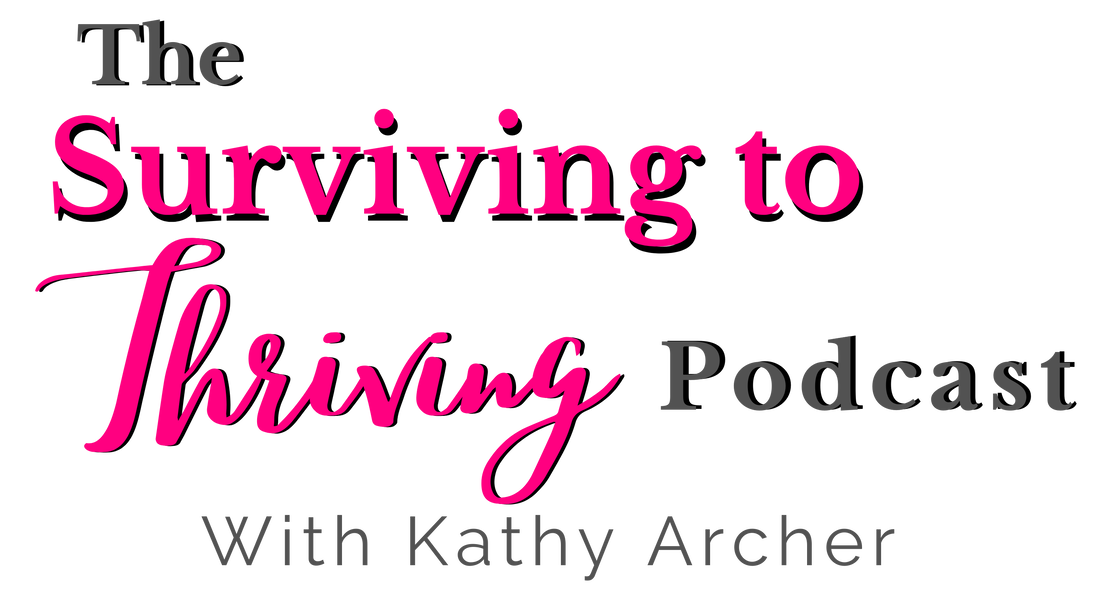
 RSS Feed
RSS Feed
